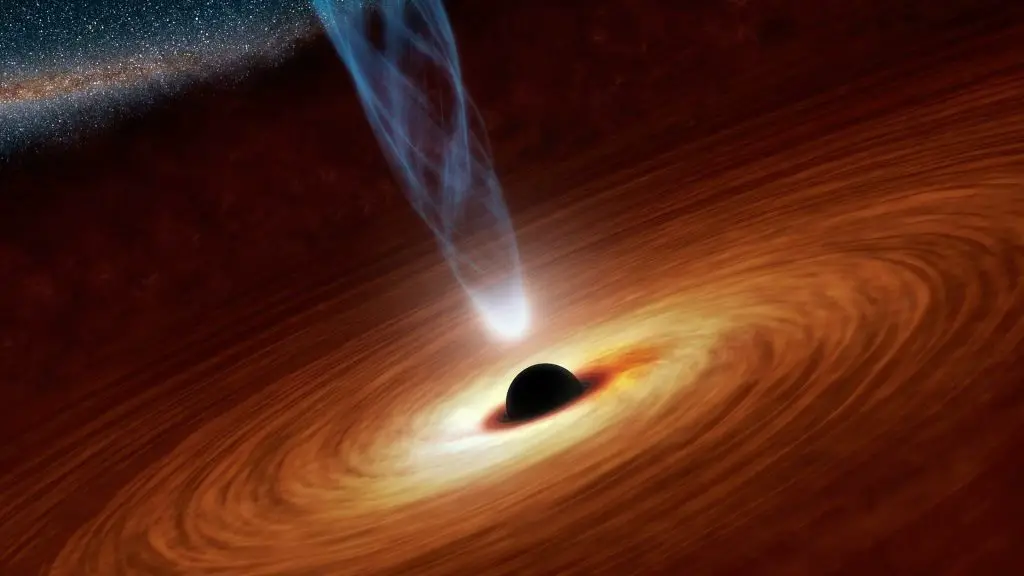A Russian cosmonaut just accomplished the first test flight at the end of a European robotic arm as part successful spacewalk at the International Space Station (ISS) on Wednesday (August 9). The cosmonaut that took this bold step is Expedition 69 commander Sergey Prokopyev. He rode at the edge of the European Robotic Arm (ERA) to check its durability and portability outside the space station.
How the Russian Cosmonaut Took The Bold Step to Ride on the European Robotic Arm

In July 2021, the arm was added as an extension to the exterior of the International Space Station. This was added alongside the Nauka multi-purpose science module. However, it did not become part of the Russian segment until nearly a year later in April 2022. After that, the European robotic arm has been in active operation. it is frequently used to relocate a massive radiator and also serves as an experiment airlock.
However, this historic moment is the first time a human aboard the ISS used the arm. While Cosmonaut Andrey Fedyaev was working on the panel located inside Nauka which was regulated by the 37-foot-long (11.3 meters) robotic arm, Prokopyev ventured out for a slow and steady spacewalk at 10:44 a.m. Shortly after Prokopyev commenced with the spacewalk, Dmitry Petelin joined him and move closely to monitor and take photographs of the test.
The spacewalk aboard the robotic arm lasted for 40 minutes. During the EVA, the crew revealed the European robotic arm which has a portable workstation. The engineering concept of this workstation is to assist in repositioning cosmonauts during future EVAs. The arm is also designed with matching capabilities of the ISS’s main arm, which is the Canadarm2. The Canadarm2 was developed by the Canadian agency and it has been supporting the U.S. operating segment of the ISS.
What Happened Next After The Spacewalk?

The crew that participated in this spacewalk moved between modules using the manually controlled extendable booms. Aside from testing the new arm, Prokopyev and Petelin focused on installing debris shields. This installation is to secure the regions on the Rassvet mini-research module where the relocated radiator and airlock reside.
As the two cosmonauts accomplished their tasks for the EVAs, they tossed overboard the protective shroud and proceed to launch restraints that they pull out from the portable workstation during the EVA. They also removed the towels used in eliminating debris from their spacesuits. Prokopyev and Petelin conducted two jettisons careful enough that the bundled packages will not fall out of the space station back to Earth.
The cosmonauts ended the 6 hour and 35 minutes spacewalk reentered the station and closed the hatch at 5:19 p.m. EDT (1444 to 2119 GMT). This spacewalk marked the 60th from the Russian airlock. It is the 267th overall extravehicular activity since the ISS was launched in 1998. This was the 10th spacewalk conducted aboard the orbiting laboratory this year.
It is also the eighth spacewalk conducted during Expedition 69. At the end of this spacewalk, Prokopyev, the Extravehicular officer-1 (EV-1) during the space mission has now performed eight spacewalks and brought 55 hours and 15 minutes. Petelin has just completed 39 hours and 44 minutes on EVA in space.
Conclusion
Russian cosmonauts performed a spacewalk on the European Robotic Arm aboard the International Space Station. The outcome of this spacewalk will help the crew to use the robotic arms often in executing tasks in space. What do you think about this fascinating technology?




